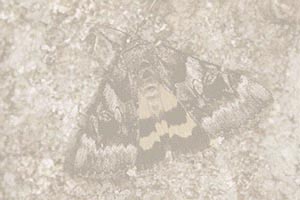
|
Underwing Moths (Catocala) & Larvae A companion guide for iNaturalists |
|
Nearctic Species |


|
All images at this site by L. Gall and/or R. Borth
(unless otherwise attributed), please contact us with questions or requests
|
|||
|
|||
|
All images at this site by L. Gall and/or R. Borth
(unless otherwise attributed), please contact us with questions or requests
|